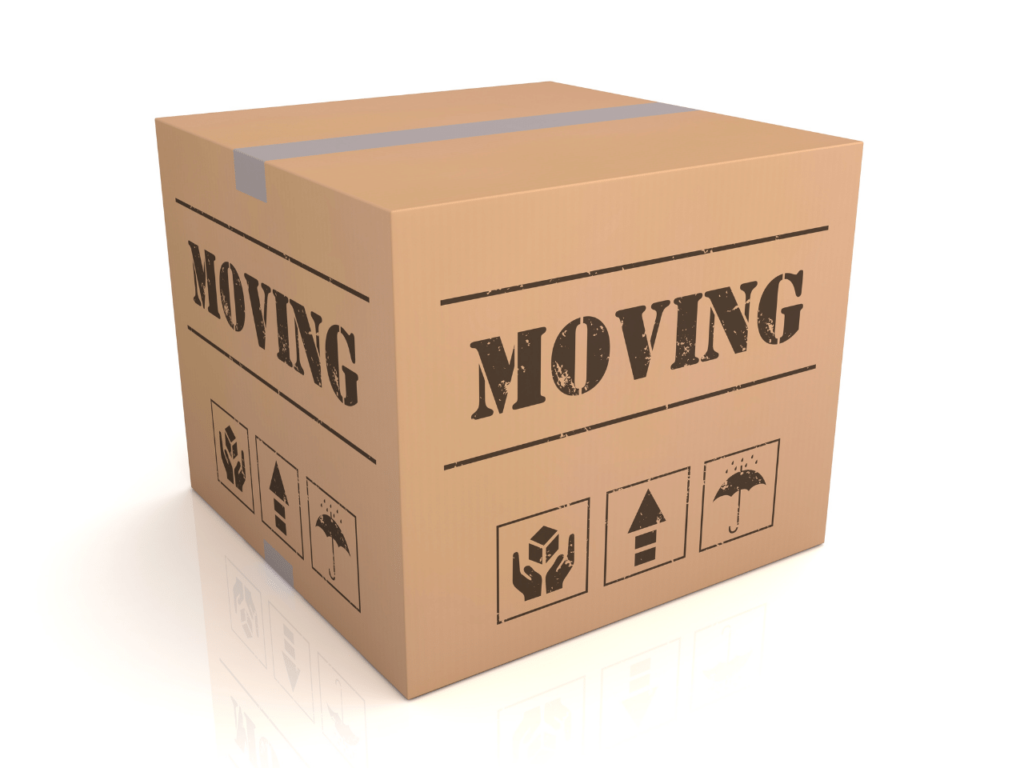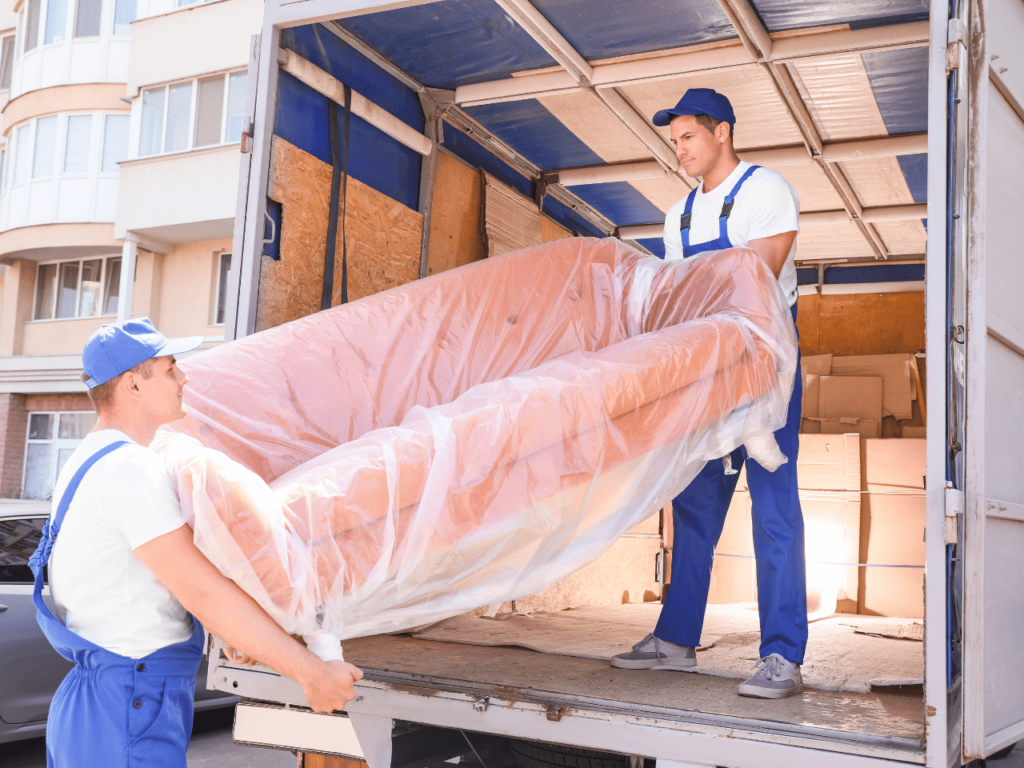
Moving can be an emotional project for anyone, but it can become a daunting task once you have a family. Although the adults may be excited about the move, it can seriously disrupt a child’s sense of security. Moving with children requires more planning, and there are many things parents can do to ease the transition.
Before the Move
- Once you have decided to move, actively involve your children. Don’t wait for them to overhear conversations that might worry them; make sure they understand where the family is moving to and why. Whenever possible, involve them in online house shopping and take them along to viewings.
- It’s normal to be stressed before a move, especially if it’s to a new city or for a new job, but your children will notice your emotions. Stay positive, and talk through any fears your children have about moving. Mark the calendar with your moving date and keep your children updated about the process.
- Visit your new home before the move, or take an online tour. Let your children pick their new room, and show them around the new neighborhood. This can help build excitement rather than fear.
- Resist the urge to promise new furnishings and decorations for their new rooms. Having familiar belongings in the new home can help children settle in more quickly. If you do need to buy new items for your child, involve them in making selections.
- Have a going away party for your current home and neighborhood. Invite their friends and ensure your children know they have plenty of ways to stay in touch with their friends.
When You Move
- Explain the moving process to your children. If professional movers will be coming to help you pack and move, explain the process. A visual timetable of the day and what is likely to happen when keeps surprises to a minimum.
- As you pack up your home, allow your kids time to pack their belongings as much as possible. Allowing them to pack last and helping them pack their things in special boxes lets them know their belongings have value.
- Keep some of their favorite toys or belongings with you in the car rather than in the moving van. It will help with the trip, and your kids will have something to play with while waiting to unpack at the new home.
- Give everyone a job to do once you arrive at the new house. Even young children can help with moving and unpacking tasks. Have them unpack their room or help with easy chores around the house.
After the Move
- Take your children around their new town and neighborhood to show them the great things they’ll get to know. Find a park, bike through your community, visit the local library or a bakery. Introduce your children to the neighbors to help them feel at home in the new neighborhood.
- Help your children adjust to a new location by giving them time and space. As they adjust, encourage them to get involved in activities they have always enjoyed to meet new people.
- For adolescents, the hardest part of a move is leaving behind close friends. Friendships are usually critical to older children; teenagers, in particular, can feel isolated after moving to a new community. Signing your children up for extracurricular activities is a good way to help them meet people with similar interests. Signing up in advance helps them start making new friends faster.
- While meeting new people, encourage your children to stay in touch with old friends. Technology has given everyone the means to keep in touch, and even young children can utilize technology to stay in touch with family and friends.
Stay Positive
While it’s often necessary for adults to move for jobs or other reasons, it’s challenging for children to start over at a new school and make new friends. They don’t have a say in where they go or what they leave behind. Moving with children can be challenging, but a little preparation goes a long way. For additional suggestions, check out Parents.com for recommendations on easing the process for every age, from toddlers to teenagers. For packing advice, check out these suggestions from professional movers.




 The following article aims to help you get rid of all those things you won’t need in the future in exchange for a carefree moving experience:
The following article aims to help you get rid of all those things you won’t need in the future in exchange for a carefree moving experience:

